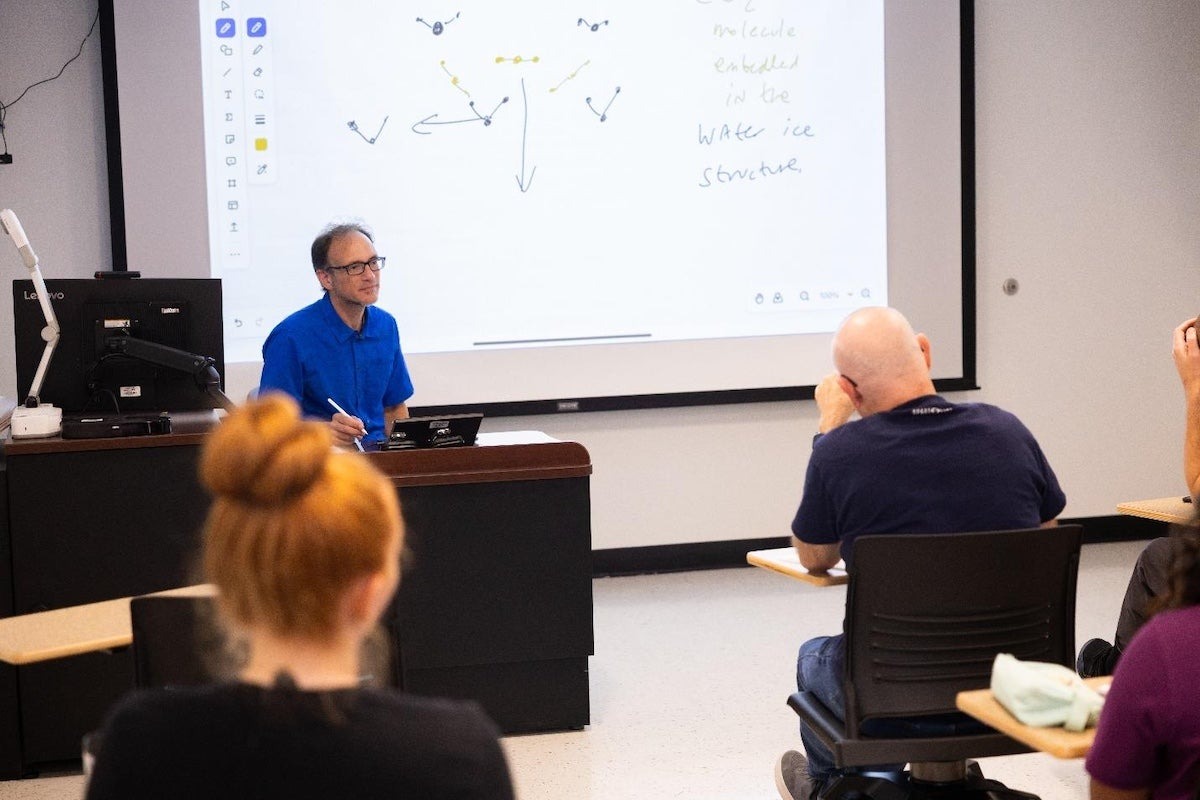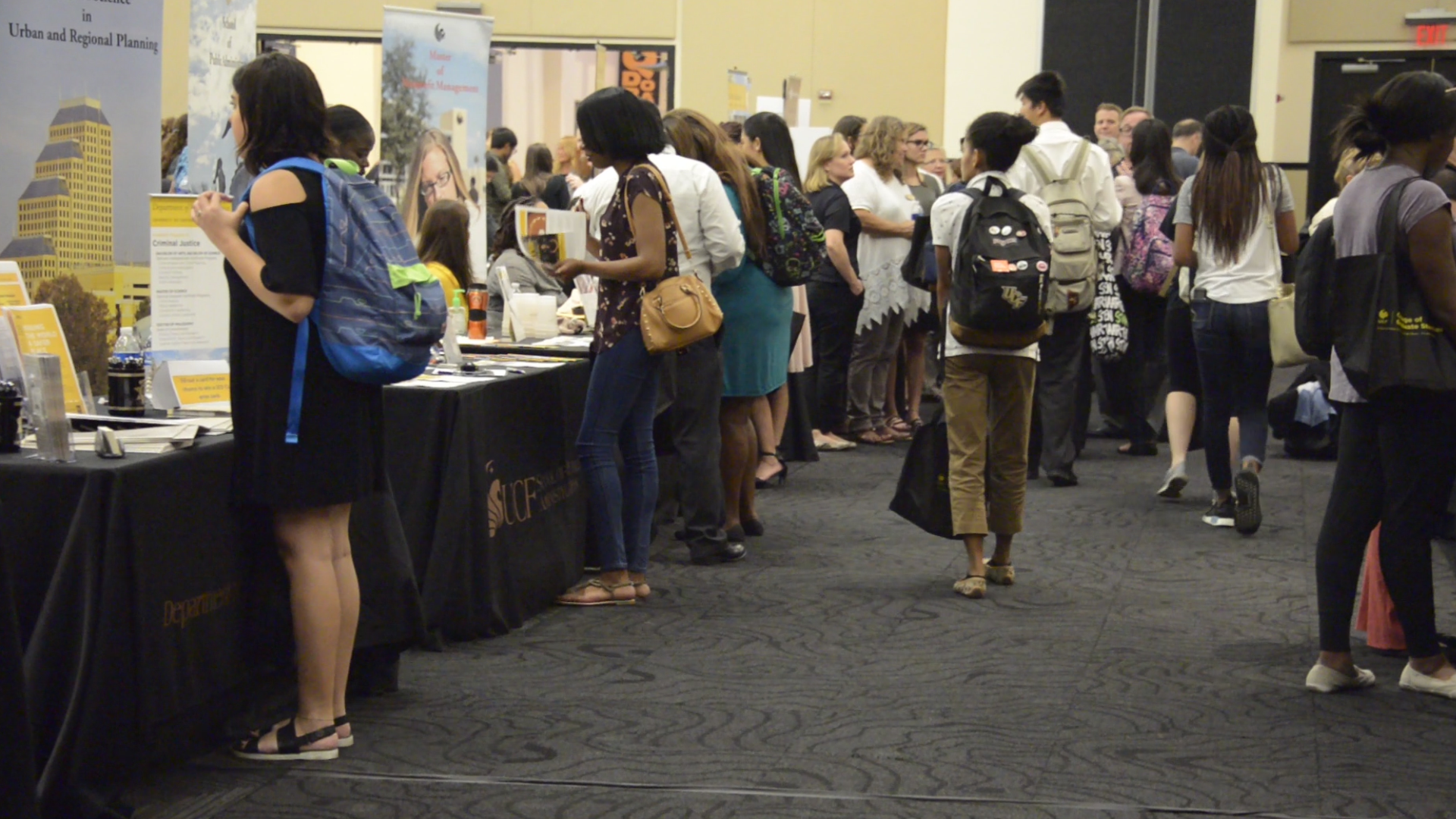UCF Develops the World’s First Optical Oscilloscope
A team from UCF has developed the world’s first optical oscilloscope, an instrument that is able to measure the electric field of light. The device converts light oscillations into electrical signals, much like hospital monitors convert a patient’s heartbeat into electrical oscillation.
Until now, reading the electric field of light has been a challenge because of the high speeds at which light waves oscillates. The most advanced techniques, which power our phone and internet communications, can currently clock electric fields at up to gigahertz frequencies — covering the radio frequency and microwave regions of the electromagnetic spectrum. Light waves oscillate at much higher rates, allowing a higher density of information to be transmitted. However, the current tools for measuring light fields could resolve only an average signal associated with a ‘pulse’ of light, and not the peaks and valleys within the pulse. Measuring those peaks and valleys within a single pulse is important because it is in that space that information can be packed and delivered.
“Fiber optic communications have taken advantage of light to make things faster, but we are still functionally limited by the speed of the oscilloscope,” says Physics Associate Professor Michael Chini, who worked on the research at UCF. “Our optical oscilloscope may be able to increase that speed by a factor of about 10,000.”
The team’s findings are published in this week’s Nature Photonics journal.
The team developed the device and demonstrated its capability for real-time measurement of the electric fields of individual laser pulses in Chini’s lab at UCF. The next step for the team is to see how far they can push the speed limits of the technique.
The lead author of the paper is UCF postdoctoral scholar Yangyang Liu. Other authors include physics alums Jonathan Nesper ’19 ’21MS, who earned his bachelor’s in math and master’s in physics; Shima Gholam-Mirzaei ’18MS ’20PhD; and John E. Beetar ’15 ’17MS ’20PhD.
Gholam-Mirzaei is now a postdoctoral researcher at the Joint Attosecond Science Laboratory at the National Research Council of Canada and University of Ottawa and Beetar is completing a postdoc at the University of California at Berkeley.
Chini had the idea for the single-shot waveform measurement scheme and oversaw the research team. Liu led the experimental effort and performed most of the measurements and simulations. Beetar assisted with the measurements of the carrier-envelope phase dependence. Nesper and Gholam-Mirzaei assisted with the construction of the experimental setup and with the data collection. All authors contributed to the data analysis and wrote the journal article.
Share This Article

UCF Women’s Club Honors 3 Graduate Students with Prestigious Sheila B. Somerville Scholarship
Financial support is often the cornerstone of academic success, and for many students, scholarships open the door to higher education. Beyond easing financial stress, these awards provide recognition, motivation, and a...
Latest News

UCF Launches 1st Planetary and Space Sciences PhD Program in Florida
As SpaceU, UCF is pushing the boundaries of exploration by launching a groundbreaking new doctoral program in the planetary and space sciences. Now, aspiring researchers can apply to the inaugural cohort of...

UCF Fulbright Awardees Bring Their Passions to a Global Scale
Each year, the Fulbright Program offers opportunities for American students to conduct research, teach English, or pursue graduate study abroad. One of the most prestigious international exchange programs in the...

Unleash Opportunities with a UCF Graduate Degree
A graduate degree has the power to unleash opportunities by expanding careers, opening doors to new fields, and increasing lifetime earnings. According to the U.S. Bureau of Labor Statistics (2024),...

UCF Rosen College Ranks No. 1 in the World for Hospitality Education for 2025
One of the most anticipated theme parks in the world is about to open its gates — and right next door, the No. 1 hospitality and hotel management school on...